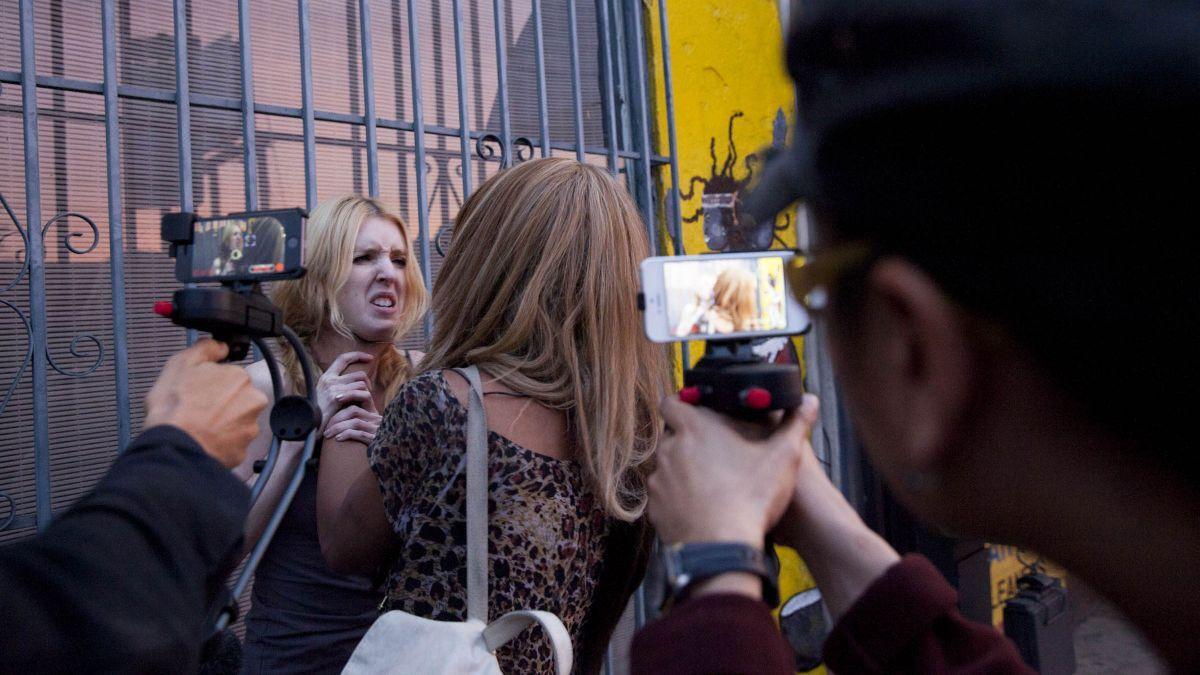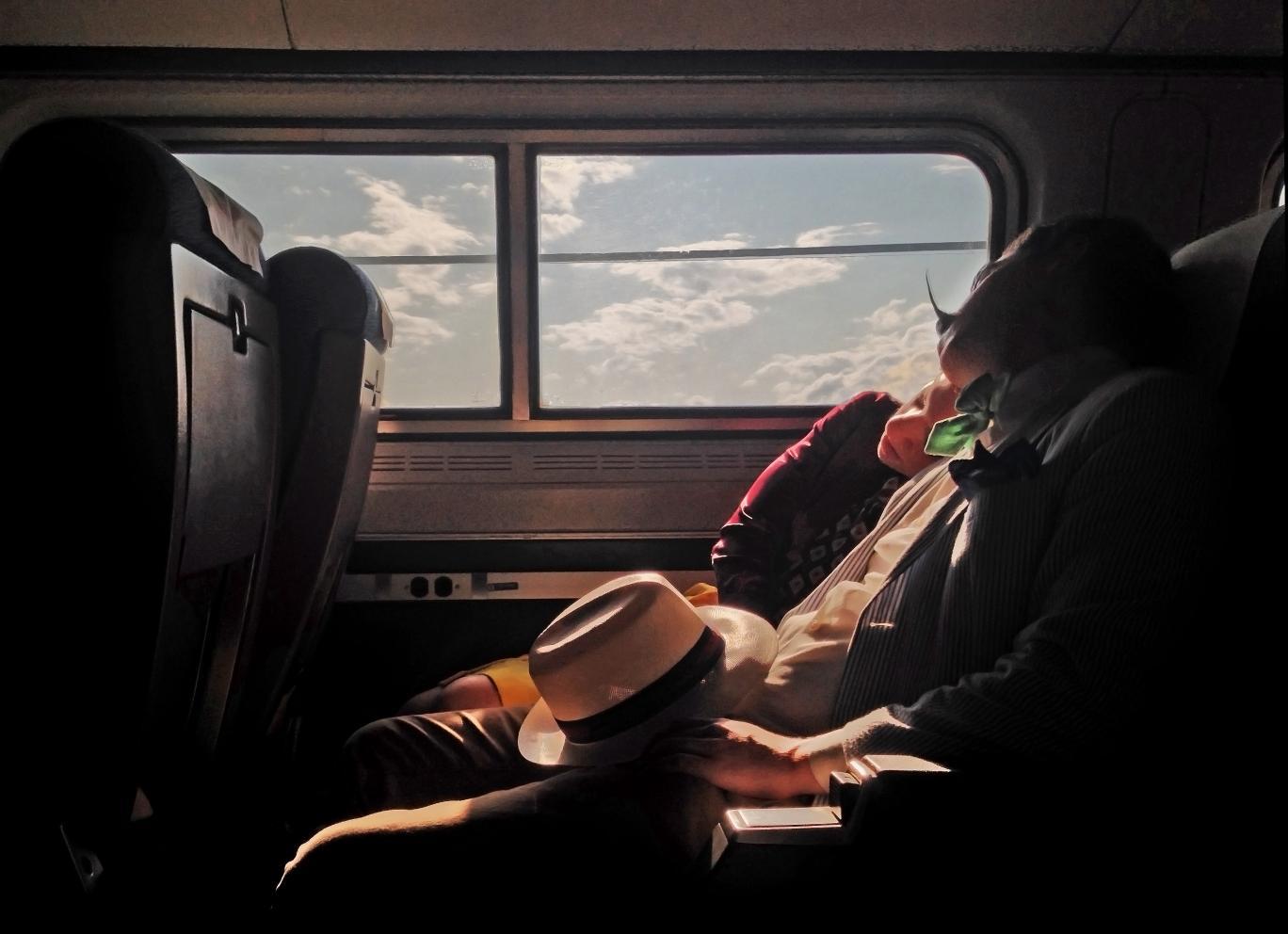How to shoot a film, or just better video, on iPhone

Your support helps us to tell the story
From reproductive rights to climate change to Big Tech, The Independent is on the ground when the story is developing. Whether it's investigating the financials of Elon Musk's pro-Trump PAC or producing our latest documentary, 'The A Word', which shines a light on the American women fighting for reproductive rights, we know how important it is to parse out the facts from the messaging.
At such a critical moment in US history, we need reporters on the ground. Your donation allows us to keep sending journalists to speak to both sides of the story.
The Independent is trusted by Americans across the entire political spectrum. And unlike many other quality news outlets, we choose not to lock Americans out of our reporting and analysis with paywalls. We believe quality journalism should be available to everyone, paid for by those who can afford it.
Your support makes all the difference.With each iteration of iPhone, the creative possibilities widen.
An adapted iPhone 5s facilitated a 97% Rotten Tomatoes score and a string of awards for Tangerine last year, and with the newly-released iPhone 7, the camera that we all carry around in our pockets creeps ever closer to the quality of DSLRs.
In response to this, the 2016 London Film Festival is for the first time running a session called ‘Filmmaking with iPhone’ this week, led by director and London Film School alumnus Fred Van Strydonck.
With the backing of the LFS, it will focus on how to get the best out of the smartphone’s camera and editing apps, which have opened up filmmaking to a tide of creatives who can’t afford expensive equipment.

Here, Fred shares his tips, tricks and thoughts on shooting with iPhone, which will be of interest whether you’re a budding filmmaker or just looking to get a better result out of your day-to-day video.
1. The first thing to realise is that you have a camera in your pocket, so you can film whenever you want. Film cameras can be expensive to rent, plus they’re heavy and bulky to transport. With an iPhone, you can test something out one day, and if you can always go back the next day to try it out again.
2. Embrace what iPhone has to offer. It fits in spots most cameras don’t. It's light and easy to operate.
3. There’s a plethora of apps and gear that support the camera on iPhone. These can enhance the quality of the video and give you more control, so spend a lot of time researching what’s already out there. Look into what suits your filmmaking and how to personalise the camera for your needs.
4. I would recommend recording the sound on a separate phone or device. There are microphones you can buy for this.
5. It’s useful to add weight to iPhone to avoid shakiness
6. Be inventive with it. Try new things! Don’t follow too many online tutorials.
Van Strydonck also noted that, while iMovie might not have all the detail and control required for editing, VideoGrade is a handy app when it comes to colour grading. He also likes to use Mavis & Filmic Pro for more precise control when shooting.

Watch Apple TV+ free for 7 days
New subscribers only. £8.99/mo. after free trial. Plan auto-renews until cancelled

Watch Apple TV+ free for 7 days
New subscribers only. £8.99/mo. after free trial. Plan auto-renews until cancelled
“The world of digital cameras today is obsessed with numbers: 4k, 8k, Sensor size, Megapixels,…,” he added.
“When you film with an iPhone, you embrace the fact that you don’t have the camera with the biggest, baddest, boldest specs and this allows you to focus on other aspects of filmmaking. You end up spending more time actually thinking of what you’re filming rather than how to film it.
“It’s also immensely liberating on set because everyone knows iPhones. They aren’t as intimidating as other cameras.”
And Fred's favourite iPhone-shot film? That's Takahiko Watanabe's O (above, shot with a lens made of a water drop).
Join our commenting forum
Join thought-provoking conversations, follow other Independent readers and see their replies
Comments